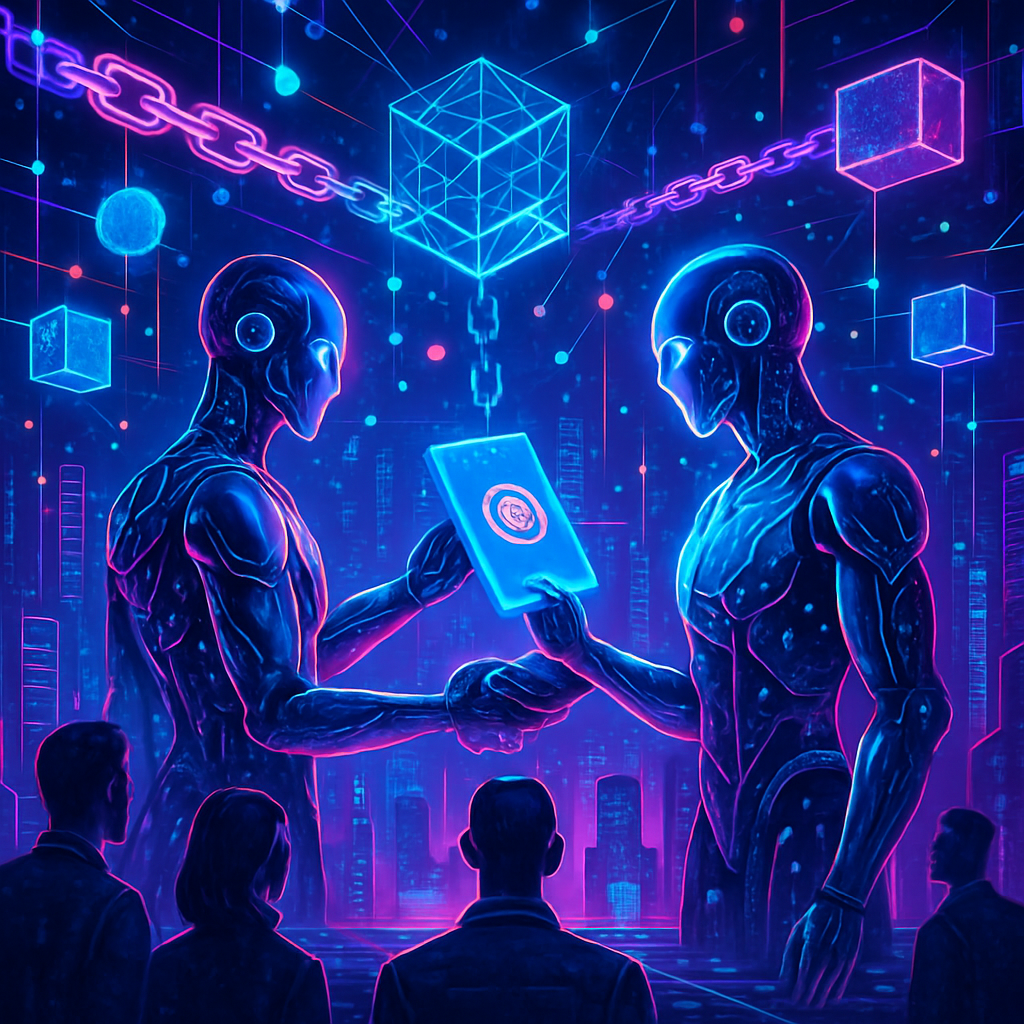The rapid rise of autonomous AI agents is transforming the fabric of our global economy, introducing both remarkable opportunities and complex challenges. A new conceptual framework—the sandbox economy—has emerged to analyze these changes, marking the beginning of an era where digital markets are populated and orchestrated by AI, sometimes at speeds far beyond human oversight.
In the recent paper published by Google Deepmind and University of Toronto : “Virtual Agent Economies” (arXiv:2509.10147v1) , I come across some interesting findings.
1. New Vocabulary: Understanding the Ecosystem
- Sandbox Economy: A controlled and often experimental digital market space where AI agents transact, negotiate, and coordinate. These economies can be “permeable” (open to the broader human economy) or “impermeable” (insulated and controlled).
- Virtual Agent Economy: Synonymous with the sandbox economy, denoting an ecosystem where AI agents are themselves economic actors.
- High-Frequency Negotiation (HFN): Negotiations performed by AI at rapid-fire rates, making thousands of transactions in moments, similar to High-Frequency Trading (HFT) in human finance.
- Agent Currency: Digital currencies designed specifically for agent transactions, potentially providing some isolation between AI and human economies.
- Verifiable Credentials (VCs) and Decentralized Identifiers (DIDs): Technologies that establish trust and identity for AI agents, ensuring reputation and accountable action.
- Proof-of-Personhood (PoP): Mechanisms that guarantee digital agents correspond to real, unique humans, helping prevent fraud and exploitation.
- Mission Economies: AI markets coordinated to achieve collective social goals (e.g., climate change, healthcare).
- Guardrails: Technical, legal, and governance infrastructures enforcing safe AI behavior and limiting systemic risk.
2. Benefits: Why Should Humans Welcome This Change?
- Accelerated Discovery & Innovation: AI agents have the potential to speed up scientific research (e.g., automating experiments, managing resources) and address previously intractable problems in areas ranging from healthcare to climate action.
- Increased Efficiency & Safety: In robotics, AI can perform dangerous, repetitive, or highly specialized physical tasks, optimizing resource use and reducing risks for humans.
- Personalization at Scale: Next-generation personal AI assistants can handle diverse, routine, or complex administrative tasks and tailor information or negotiation to each unique individual—saving time, energy, and money.
- Fair Resource Allocation: Sophisticated auction-based systems, inspired by social choice and distributive justice theories (like Dworkin’s envy test), could enable more equitable access to scarce resources for all, mitigating the effects of initial inequality.
- Mission-Driven Coordination: By calibrating market mechanisms towards clear social or “mission” objectives, AI economies can be intentionally steered to solve grand challenges collectively and globally.
- Reputation and Trust: Technological innovations such as VCs and DIDs bolster trust in digital transactions, securing both agents and their human users.
3. Threats: The Double-Edged Sword
- Systemic Economic Risk: Permeable agent economies risk contagion; for instance, a “flash crash” in automated markets could upend real-world economies.
- Deepening Inequality: Those with access to the best AI agents (due to more data, compute, or funds) can gain unfair economic advantages, worsening social divides—a phenomenon ahead of regulatory reach if unaddressed.
- Labor Displacement: Advanced AI will automate not just manual but increasingly cognitive tasks, threatening middle-skill jobs and potentially polarizing the labor market.
- Vulnerabilities & Exploitation: The rise of “agent traps” (malicious digital tricks to compromise AI behavior), adversarial attacks, fraud by bots, and privacy breaches raises new dimensions of digital risk for individuals and societies.
- Human Agency & Well-being: Over-reliance on automated assistants could lead to passivity, behavioral conformity, and potential loss of individual purpose, particularly if students and young professionals default to AI solutions at the expense of personal growth and critical thinking.
4. Regulatory Preparedness: Building Safe Bridges
The paper emphasizes the need for proactive, robust regulation and oversight, including:
- Clear Legal Frameworks: Assign group liability for autonomous agent actions, enabling accountability in multi-agent scenarios.
- Open Communication Standards: Develop universal protocols (e.g., Agent2Agent, MCP) to prevent siloed, “walled garden” digital economies and ensure collaboration and fair competition.
- Hybrid Oversight Systems: Combine AI-based, real-time monitoring with human expert review; utilize tamper-proof cryptographic ledgers and transparent audits to enable fast and just dispute resolution.
- Regulatory Sandboxes: Pilot new agent-market systems in controlled, limited environments before full-scale implementation, safeguarding against large-scale disruptions.
- Workforce & Safety Nets: Invest in education for workforce complementarity—teaching critical, creative, and collaborative skills—and strengthen social support systems (e.g., retraining, adaptive benefits) for those affected by AI-driven shifts.
Conclusion: Emphasizing Human & Student Development
While virtual agent economies promise to revolutionize productivity, innovation, and coordination, human flourishing and student development must remain at the core of this transformation. For students, these new agent economies are both a tool and a challenge. Leveraging AI to automate tedious work can free time for deeper learning, creative inquiry, and collaborative projects. However, it is essential for educators, policymakers, and tech designers to guide young people toward responsible, critical, and creative engagement with AI—teaching not only technical skills but also ethical reasoning, independent thought, and resilience in complex, changing environments.
Ultimately, the goal is not to build an economic system where humans are sidelined, but to ensure that technology augments our collective potential, supporting a society where both agents and humans interact for mutual benefit, justice, and well-being. With deliberate design, strong regulation, and a steadfast focus on education, we can harness virtual agent economies to accelerate both human development and student empowerment for generations to come.
Ref: Post based on “Virtual Agent Economies” (arXiv:2509.10147v1)


